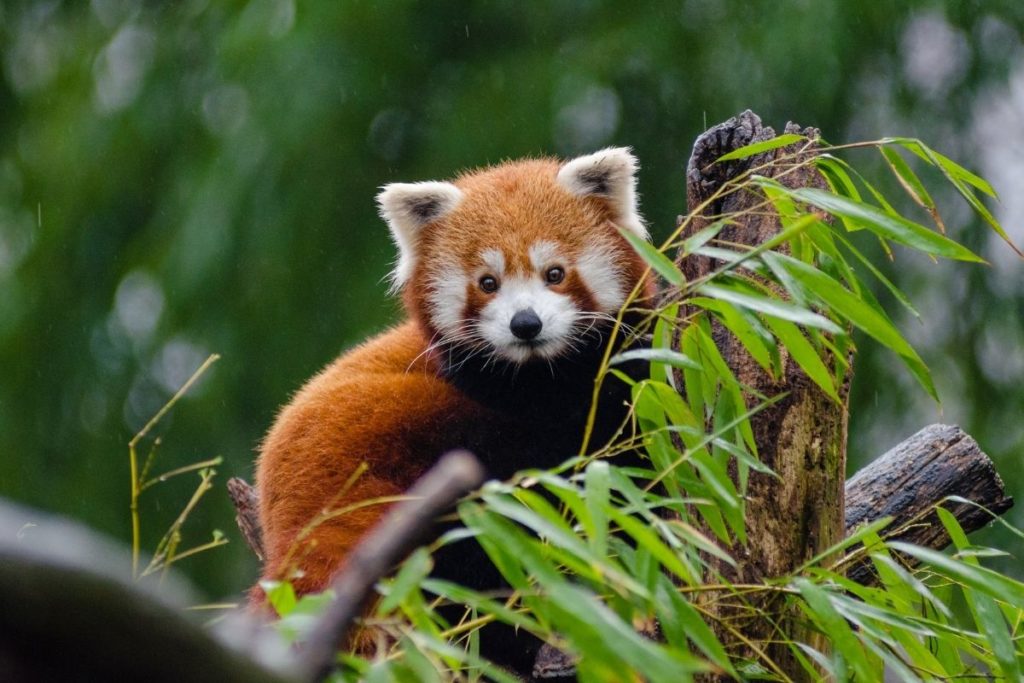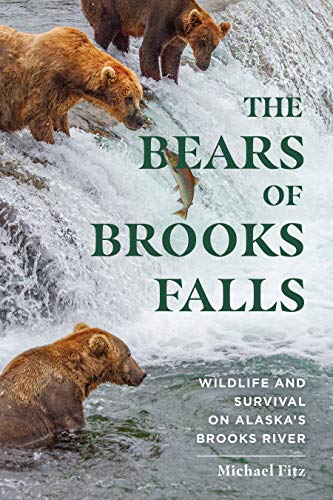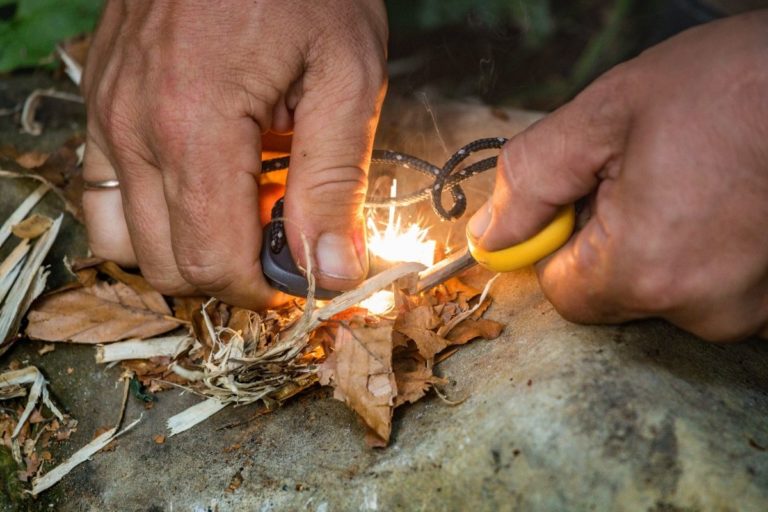
Are you passionate about animals? Read our article to discover the best books about wildlife you should have in your library
Hasn’t it happened to you that you are looking for a book on a topic that interests you, and after you finally find one that you love, you discover that it is not so easy to buy it?
Don’t worry, it has happened to all of us. For that very reason, in this article, we will tell you a little about the best books on Wildlife that you can easily find on Amazon.
Disclosure: Some of our items contain affiliate links (as an Amazon affiliate I earn from qualifying purchases).
30-second Zoology
By Mark Fellowes, 2020
Prices pulled from the Amazon Product Advertising API on:
Product prices and availability are accurate as of the date/time indicated and are subject to change. Any price and availability information displayed on [relevant Amazon Site(s), as applicable] at the time of purchase will apply to the purchase of this product.
The animal kingdom is beautiful and majestic, but certainly also extremely complex. Zoology appears intimidating to many who wish to study it.
This picture book has been made by the Reading Professor of Ecology Mark Fellowes; placing the most fundamental categories and concepts of zoology.
The name of this book is due to the simplicity in which these concepts are explained: 300 words or even less. It also explains how we came to understand evolution.
Professor Mark has been passionate about wildlife from an early age. He spent his formative years studying birds and now, residing in the UK, he is a professor at the University of Reading.
Have a look at: 7 great books to identify mushrooms in the wild
Becoming Wild: How Animals Learn to be Animals
By Carl Safina, 2020
Prices pulled from the Amazon Product Advertising API on:
Product prices and availability are accurate as of the date/time indicated and are subject to change. Any price and availability information displayed on [relevant Amazon Site(s), as applicable] at the time of purchase will apply to the purchase of this product.
Learning and culture are not something unique to us humans. The natural does not always come naturally. Many animals must learn from their elders to be who they are supposed to be.
They must learn the local peculiarities, what to live on and how to communicate in a specific position within their specific group.
Cultural learning disseminates skills – for example, what food is and how to obtain it -, creates an identity and a feeling of belonging to the group – in addition to differentiation from other groups – and maintains traditions that are aspects that define existence.
For example, which form of courtship is effective in a particular region. In this book, Carl Safina teaches us the culture of animals.
Bird Therapy
By Joe Harkness, 2020
Prices pulled from the Amazon Product Advertising API on:
Product prices and availability are accurate as of the date/time indicated and are subject to change. Any price and availability information displayed on [relevant Amazon Site(s), as applicable] at the time of purchase will apply to the purchase of this product.
According to Joe Harkness, in his book, Bird Therapy, nature and especially bird watching contributes to mental health and well-being in general.
In this sense, visiting natural spaces for bird watching allows you to experience multisensory sensations, because you can always find special and unique natural events, not only with birds.
There is an attraction for the beauty of the sites and species, the sounds of the forest and the birds generate sound stimulation, among other physical and mental sensations.
The author then points out that nature is the best distraction therapy, and offers various ways to reduce or mitigate everyday problems or the consequences that these can generate in the short, medium, or long term in health.
Remembering Wildlife Series
By Margot Raggett
Prices pulled from the Amazon Product Advertising API on:
Product prices and availability are accurate as of the date/time indicated and are subject to change. Any price and availability information displayed on [relevant Amazon Site(s), as applicable] at the time of purchase will apply to the purchase of this product.
Wildlife photography is a difficult discipline. It is necessary to have technical knowledge as well as nature and species.
It is challenging because capturing a specific species requires great planning, patience and, at times, it requires traveling to remote places and it does not assure us that we will get that great photo we are looking for. It does not allow a margin of error.
This is demonstrated by the photographer Margot Raggett with her Remembering Wildlife series she shows us up close how wonderful this world is.
A Sand County Almanac: And Sketches Here and There
By Aldo Leopold, 1949
Prices pulled from the Amazon Product Advertising API on:
Product prices and availability are accurate as of the date/time indicated and are subject to change. Any price and availability information displayed on [relevant Amazon Site(s), as applicable] at the time of purchase will apply to the purchase of this product.
This University of Wisconsin professor is known especially for his posthumous book, published in 1949, A Sand County Almanac, and Sketches Here and There, in which he develops his novel environmental, ecological, biocentric or “Ethics of the earth” ethical proposal, and his plea for the preservation of fauna had a great impact on the nascent environmental movement.
This work is a mixture of Natural History, together with descriptions of landscapes and philosophical thoughts with which it is giving shape to an ecological ethic.
The Hidden Life of Trees: What They Feel, How They Communicate—Discoveries from A Secret World
By Peter Wohlleben, 2015
Prices pulled from the Amazon Product Advertising API on:
Product prices and availability are accurate as of the date/time indicated and are subject to change. Any price and availability information displayed on [relevant Amazon Site(s), as applicable] at the time of purchase will apply to the purchase of this product.
Trees are silent beings, but with an active social life, they can count, learn and remember, they take care of friends, they alert each other when there is danger by sending electrical signals through a fungal network from their roots and they try, for some reason, to feed the roots of trees that died long ago.
Peter Wohlleben, a German forester, has written a book that has already sold more than 320 thousand copies, in which he explains the almost magical world of trees, a green environment in which friendship, love, and life are expressed with another language.
Wohlleben understands it well, for that reason in his book he did not use scientific terms and he portrayed trees with anthropomorphic characteristics, bringing the reader closer to the secret world of forests on each page.
In his book “The Hidden Life of Trees: What They Feel and How They Communicate – Discoveries of a Secret World”, Wohlleben shares with people an unknown dimension of the forest. The book contains stories of trees that experience life in a similar way to humans.
The Bears of Brooks Falls: Wildlife and Survival on Alaska’s Brooks River
By Michael Fitz, 2021
Prices pulled from the Amazon Product Advertising API on:
Product prices and availability are accurate as of the date/time indicated and are subject to change. Any price and availability information displayed on [relevant Amazon Site(s), as applicable] at the time of purchase will apply to the purchase of this product.
Summer, that time of the year that means beating the heat with a splash of water in the beach and the rivers, or at least, for us humans.
For bears it’s a bit different. This is the time of the year when they start eating and bulking for their winter hibernation. Bears fight, bears die, but bears still surprise and triumph. It’s a largely self-contained wilderness of obstacles. They eat the worth of one year food in just six months. Their main spot in Alaska for hibernation-prep is Brooks River in Alaska’s Katmai National Park.
Mike Fitz arrived to the Brooks River in Franco’s Park and Katmai Preserve to be impressed by a world dominated by bears.
He spent ten years observing grizzly bears without relief, dominating this lively river on the Alaska Peninsula, and he tells us about all his experience in his new book “The Bears of Brooks Falls: Wildlife and Survival on Alaska’s Brooks River”, showing us the coexistence and connivance of bears in a place far from the influence of humans.












